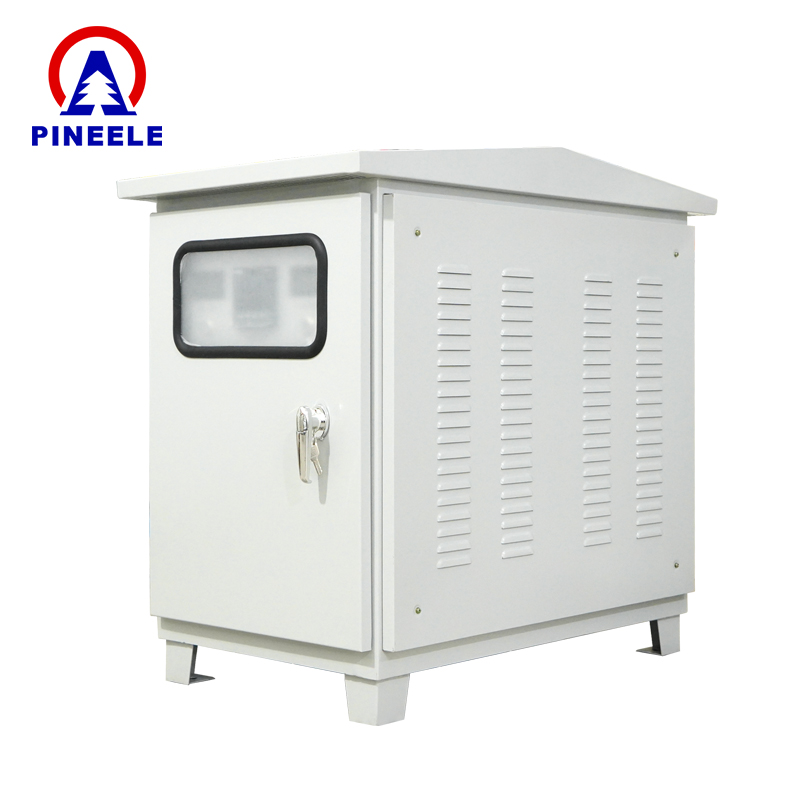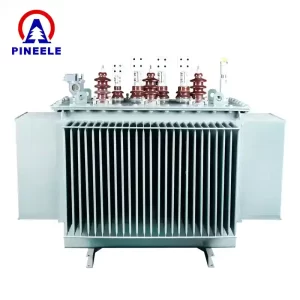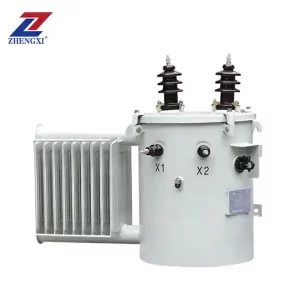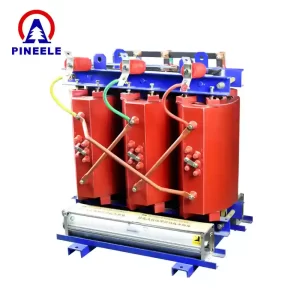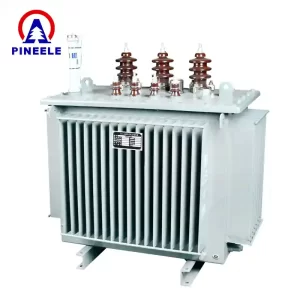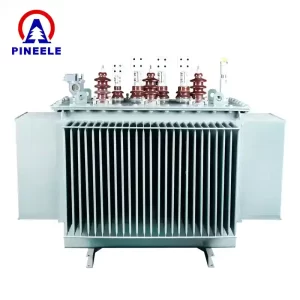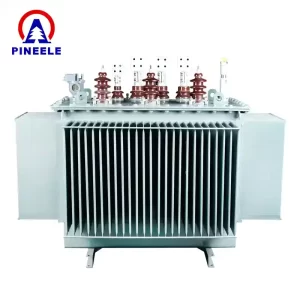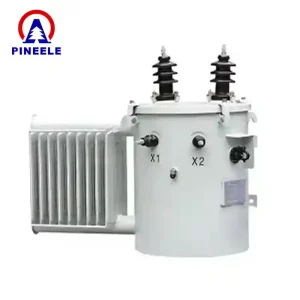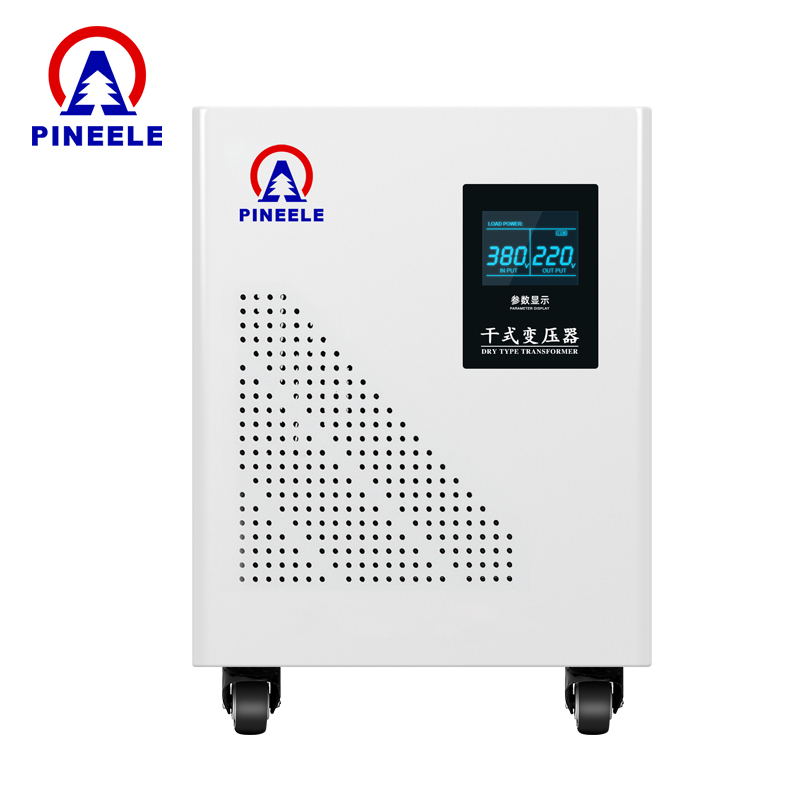
In the realm of electrical systems, transformers play a vital role in ensuring safe and efficient power distribution. One of the smallest yet significant units is the 1 kVA 3 phase transformer. Despite its compact guide power capacity, it holds a unique position in specialized applications such as instrumentation, automation, and control panels. This article explores everything from pricing to technical comparisons, market background, and expert selection advice.
What Is a 1 kVA 3 Phase Transformer?
A 1 kVA (kilovolt-ampere) 3 phase transformer is a low-capacity electrical transformer designed to convert three-phase voltage levels while delivering a total apparent power of 1,000 VA (or 1 kVA). It is typically used to:
- Step down a higher voltage (e.g., 400V) to a usable lower voltage (e.g., 208V, 240V, or 120V);
- Isolate circuits for safety;
- Match impedance in sensitive control equipment.
These transformers are often dry-type or encapsulated, and constructed with laminated silicon steel cores to reduce eddy current losses.

Applications of 1 kVA 3 Phase Transformers
Despite its low capacity, a 1 kVA transformer finds relevance in:
- Automation Systems: PLCs and sensor control circuits;
- Laboratory Equipment: Powering small three-phase instruments;
- Marine and Aerospace: Where space and weight limitations matter;
- UPS and Power Conditioning: For signal stability in control loads;
- Medical Devices: For circuit isolation and voltage adjustment in low-power devices.
Its compact size, low heat emission, and ease of installation make it ideal for indoor panels, control cabinets, and limited-space installations.
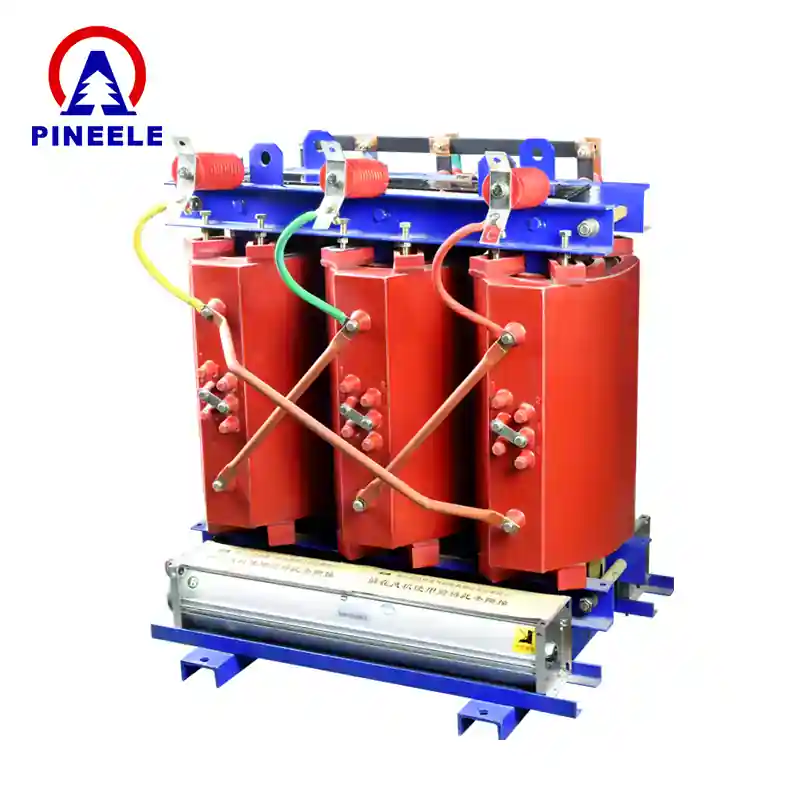
Market Pricing Overview
The price of a 1 kVA 3 phase transformer varies depending on several factors including:
- Manufacturer (e.g., ABB, Schneider Electric, Siemens, local OEMs);
- Input/output voltage configurations;
- Core material (CRGO steel, amorphous metal);
- Type (dry-type, oil-filled, resin-encapsulated);
- Regulatory compliance (UL, CE, IEC 60076 standards).
Typical Price Range
| Product Variant | Estimated Price (USD) |
|---|---|
| Basic Open Frame (240V/120V) | $80 – $150 |
| Encapsulated Industrial Type | $120 – $200 |
| UL/CE Certified Control Transformer | $150 – $250 |
| High-Efficiency Toroidal Type | $180 – $300 |
Note: Prices may vary by country, shipping, taxes, and supplier markup.
Technical Specifications Comparison
To understand where the pricing difference comes from, here’s a comparison of key specs:
| Feature | Standard Transformer | High-Efficiency Toroidal |
|---|---|---|
| Core Type | Laminated Silicon Steel | Toroidal Core |
| Cooling | Natural Air Ventilation | Natural or Forced Air |
| Efficiency | ~95% | 96–98% |
| Regulation | Basic | Tight Regulation (±3%) |
| Noise Level | Moderate | Low |
| Weight | Heavier | Lightweight |
| Footprint | Larger | Compact |
Market Trends and Industry Background
As per industry research from IEEE and various global transformer associations:
- En low-voltage transformer segment is growing steadily due to the rise in automation and smart control systems.
- Miniaturization trends have led to increased demand for high-efficiency, compact transformers in aerospace and robotics.
- Energy efficiency regulations (especially in Europe and North America) now influence buying decisions, even for small capacity units like 1 kVA.
- OEMs are integrating control transformers directly into switchboards and compact panels, making these transformers increasingly relevant.
Sources like Wikipedia’s Transformer entry confirm the critical role of low-capacity transformers in embedded applications.
Differences from Other Transformer Types
| Feature | 1 kVA 3 Phase Transformer | Single-Phase Transformer | Higher kVA Transformers |
|---|---|---|---|
| Phase Balance Required | Yes | No | Yes |
| Cost per kVA | Higher | Lower | Lower (economies of scale) |
| Application Type | Specialized/Industrial | Residential/Small loads | Large systems |
| Size | Compact | Smaller | Bulky |
| Wiring Complexity | Moderate | Simple | Complex |
In summary, 1 kVA 3 phase transformers are more expensive per kVA, but they provide precision and stability where it’s needed.
Buying Advice and Selection Tips
Here are expert tips to help you choose the best 1 kVA 3 phase transformer:
- Match Input/Output Voltage Requirements
Common configs: 480V to 240V, 400V to 208V, etc. - Choose the Right Core Type
Toroidal = higher efficiency and lower noise, but higher cost. - Check Certifications
For industrial or export use, UL, CE, or IEC compliance is essential. - Consider Environmental Conditions
For dusty or moist areas, use epoxy-coated or encapsulated types (IP44+). - Compare Total Cost of Ownership
An efficient transformer saves energy and reduces panel heat—ideal for long-term use. - Buy from Trusted Brands
ABB, Schneider Electric, Eaton, and Siemens are known for reliability and global support.
FAQ: 1 kVA 3 Phase Transformer
A: No. Three-phase transformers require a 3-phase input. For single-phase systems, you need a dedicated single-phase transformer.
A: It depends on the load. 1 kVA = 1,000 VA, so it can power small PLC systems, relays, and some low-wattage motors—but not heavy machinery.
A: With proper ventilation and non-overloaded operation, a dry-type transformer can last 20+ years.
Conclusion
En 1 kVA 3 phase transformer may be small in size, but it plays a pivotal role in critical control, automation, and precision equipment. Pricing typically ranges from $80 to $300, depending on build quality, efficiency, and certifications. By understanding technical specifications and market dynamics, buyers can choose the right transformer that ensures both safety and performance.
When shopping for one, always compare input/output specs, core design, certifications, and vendor support. With careful selection, a quality transformer becomes a reliable backbone for any low-power three-phase system.
